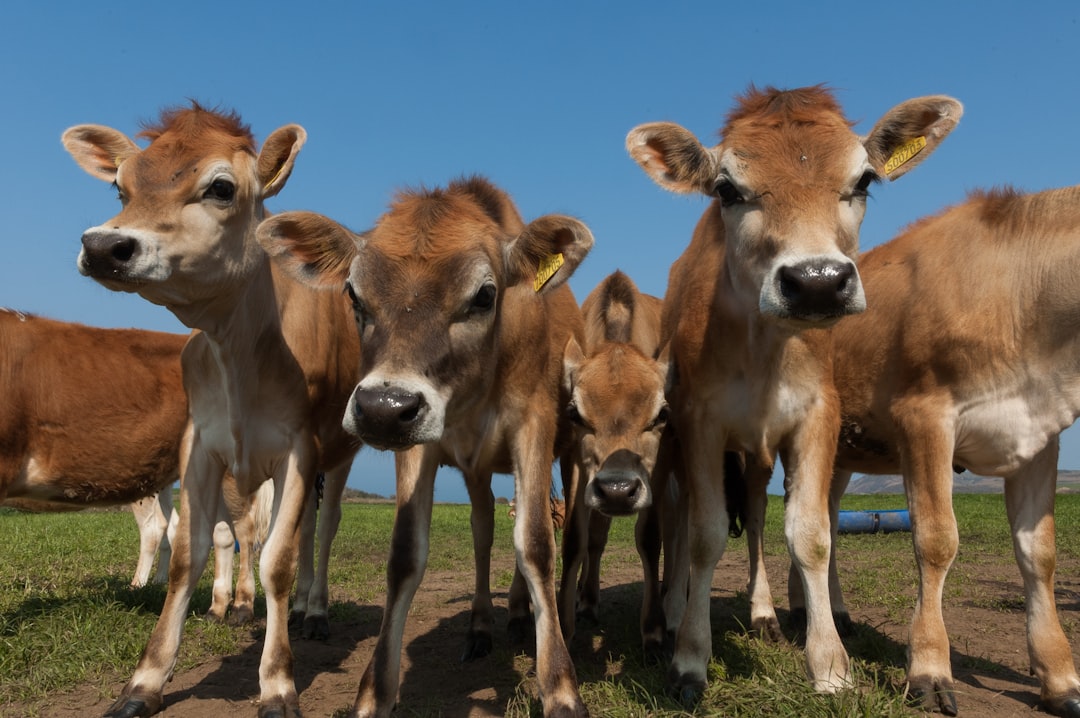Effective dairy herd management is crucial for maintaining high milk production, ensuring cow health, and optimizing reproductive efficiency. This involves understanding and managing the breeding, calving, and lactation cycles of dairy cows. Here’s a comprehensive guide to best practices in these areas, focusing on strategies to enhance reproduction and milk yield.
Breeding Cycle: Strategies for Success
The breeding cycle is a critical component of dairy herd management, impacting both milk production and herd replacement:
-
Heat Detection and Timing
-
Visual Observation: Monitor cows for behavioral signs of heat, such as mounting or restlessness.
-
Technological Aids: Use automated heat detection systems (e.g., activity monitors) to improve accuracy and reduce labor.
-
Breeding Window: Optimize breeding during the optimal window (12–18 hours after onset of heat) for higher conception rates.
-
-
Breeding Programs
-
Artificial Insemination (AI): Offers genetic selection benefits and improved conception rates compared to natural service.
-
Semen Selection: Choose bulls based on genetic merit for traits like milk production, fertility, and disease resistance.
-
-
Reproductive Health Management
-
Regular Veterinary Checks: Monitor reproductive health through palpation and ultrasound to identify issues early.
-
Hormonal Treatments: Use synchronization protocols (e.g., Ovsynch) to manage anestrus and improve breeding efficiency.
-
Calving Cycle: Best Practices for Success
Calving is a pivotal event in the dairy cow’s life cycle, influencing both cow health and subsequent lactation performance:
-
Pre-Calving Nutrition
-
Ensure adequate dry matter intake and nutrient balance to support fetal development and prevent metabolic disorders.
-
Calcium and Phosphorus Balance: Prevent hypocalcemia by managing dietary calcium levels and ensuring adequate phosphorus intake.
-
-
Calving Management
-
Monitoring: Regularly check cows nearing calving to ensure timely assistance if needed.
-
Cleanliness: Maintain a clean calving environment to reduce infection risks.
-
-
Post-Calving Care
-
Colostrum Management: Ensure newborn calves receive high-quality colostrum within the first few hours of life.
-
Uterine Health: Monitor for signs of metritis or retained placenta and treat promptly if issues arise.
-
Lactation Cycle: Optimizing Milk Yield
The lactation cycle is where dairy farms generate revenue. Effective management here is key to profitability:
-
Early Lactation Nutrition
-
Energy and Protein Balance: Provide rations that meet high energy demands while supporting rumen health.
-
Forage Quality: Include high-quality forages like alfalfa to enhance milk production and protein content.
-
-
Milk Production Strategies
-
Milking Frequency: Consider twice-daily milking for higher-producing cows to reduce stress and improve yield.
-
Cooling Systems: Implement cooling strategies (e.g., fans, sprinklers) to mitigate heat stress and maintain DMI.
-
-
Lactation Curve Management
-
Peak Milk Production: Focus on maintaining peak yields through optimal nutrition and health management.
-
Dry-Off Strategies: Gradually reduce milking frequency and adjust nutrition before the dry period to prevent mastitis.
-
Best Practices for Reproduction and Milk Yield
Combining effective breeding, calving, and lactation management enhances overall herd performance:
-
Data-Driven Decision Making: Use herd management software to track reproductive performance, milk yield, and cow health metrics.
-
Regular Training: Educate farm staff on best practices for heat detection, calving assistance, and milking hygiene.
-
Veterinary Support: Engage with veterinarians for regular herd health checks and reproductive consultations.
Conclusion
Dairy herd management is a multifaceted discipline that requires careful attention to breeding, calving, and lactation cycles. By implementing best practices in these areas, dairy farmers can improve reproductive efficiency, enhance milk yield, and ensure the long-term sustainability of their operations. Regular monitoring and adaptation to changing herd needs are essential for maintaining high levels of productivity and profitability.
Additional Resources
For more detailed information on dairy herd management and best practices, consider the following resources:
-
Dairy Extension Services: Local extension offices often provide workshops and guides tailored to regional conditions.
-
Veterinary Consultations: Regular consultations with veterinarians can help identify and address specific herd health challenges.
-
Herd Management Software: Utilize digital tools to track cow health, reproductive performance, and milk production metrics.

Comments
No comments yet. Be the first to comment!
You must be logged in to comment. Login